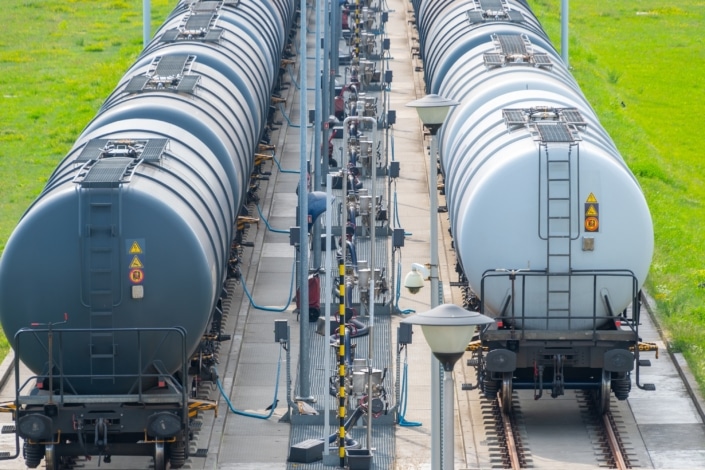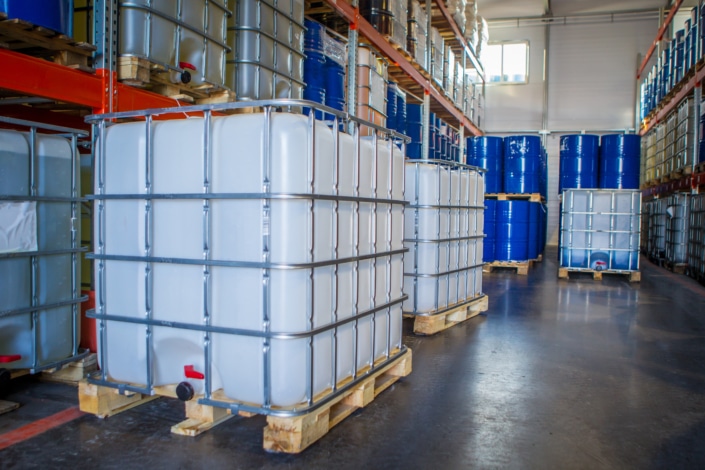Laying the Groundwork for Success with Strategic Site Selection
With foundational planning in place, the next step is strategic site selection. This goes beyond finding square footage—it requires alignment with long-term business goals and operational efficiency. Key considerations include access to transportation infrastructure, the ability to expand without disrupting operations, early assessment of zoning and environmental regulations to avoid delays, and evaluation of incentive programs that can lower upfront costs.
Uncovering Hidden Costs with Comprehensive Budgeting
After selecting a site, a detailed and flexible budget becomes essential. It should account for regulatory compliance expenses, such as permits and environmental studies, as well as potential delays caused by weather or permitting issues. Securing insurance to cover transit risks, worker safety, and environmental liabilities is also crucial. A well-structured budget protects the project and helps maximize long-term efficiency and ROI.
Prioritizing Safety and Compliance
Chemical plant relocations demand a safety-first approach. Compliance with OSHA, EPA, and DOT standards is non-negotiable to avoid fines and legal consequences. Thorough risk assessments should be conducted early to identify hazards, while a detailed emergency response plan is essential to limit damage from potential spills, leaks, or exposure incidents.
A Stage-by-Stage Breakdown of Chemical Plant Relocation
To ensure a controlled transition and minimize disruptions, a structured, phased approach is essential. Each stage requires precise coordination and meticulous planning.
- Strategic Planning and Stakeholder Alignment: Early engagement with stakeholders ensures alignment across all departments, facilitating seamless employee training, supply chain coordination, and internal communications.
- Decommissioning: Minimizing Environmental Impact: Sustainable decommissioning practices, proper waste disposal, and site remediation are critical for meeting environmental standards and avoiding future liabilities.
- Precision Logistics: Transporting Specialized Assets: Chemical plants require specialized transportation solutions, including hazardous material handling and custom crating, to ensure assets arrive intact and compliant.
- Seamless Installation: Ensuring Operational Readiness: The new facility must be prepared for immediate use, requiring pre-installation testing, equipment calibration, and comprehensive employee training.
- Recommissioning: Optimizing for Peak Performance: Performance testing, system integration, and continuous improvement strategies are essential for maximizing efficiency post-relocation.
Overcoming Key Challenges when Relocating a Chemical Plant
There is a lot at risk during an industrial relocation, but expert planning can mitigate them. Safe transport of hazardous materials requires specialized techniques and full compliance with regulations. Minimizing downtime through phased transitions and backup operations is equally important. Precision handling of complex equipment—via custom crating, experienced vendors, and regulatory knowledge—helps ensure a smooth and legally sound relocation.
Chemical Plant Relocation Case Study
Crystal Packaging Inc. faced a unique challenge: relocating a 60,000 SF chemical production facility with hazardous materials storage due to eminent domain. Pivotal Project Management orchestrated a seamless transition, managing everything from site selection and construction to the complex relocation of production lines and AST tanks, all while minimizing operational downtime during CPI’s peak season. This case exemplifies our ability to navigate intricate regulatory landscapes and execute complex relocations within strict timelines.
Partner with Pivotal for Your Chemical Plant Relocation
Relocating a chemical plant is more than just a move; it’s about ensuring business continuity, regulatory compliance, and operational efficiency. Pivotal Project Management brings decades of specialized expertise to handle complex industrial relocations with precision and confidence.
- End-to-End Project Management: Seamless Coordination: We oversee every aspect of your relocation, from initial planning to final commissioning, ensuring no detail is overlooked.
- Specialized Expertise: Technical and Regulatory Mastery: Our team possesses in-depth knowledge of hazardous material transport, environmental compliance, and industrial equipment logistics.
- Proactive Risk Mitigation: Protecting Your Investment: We anticipate challenges before they arise, ensuring a smooth, cost-effective, and compliant relocation.








